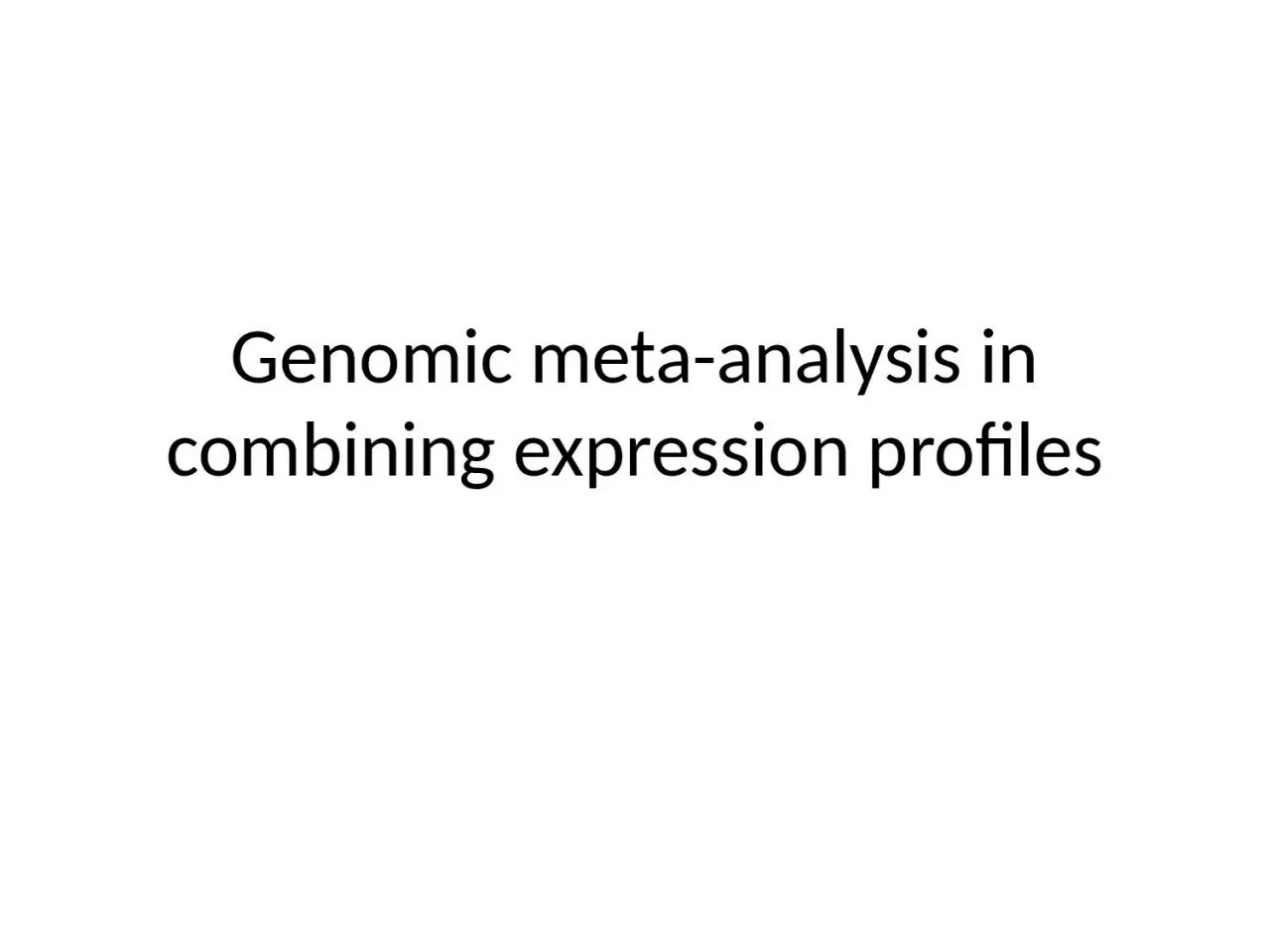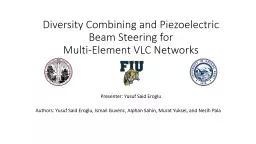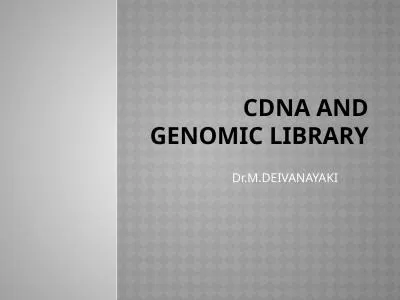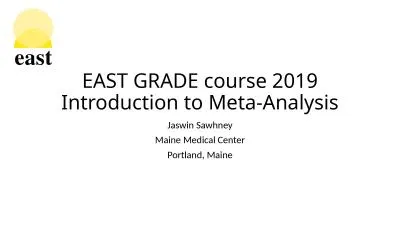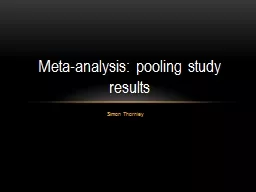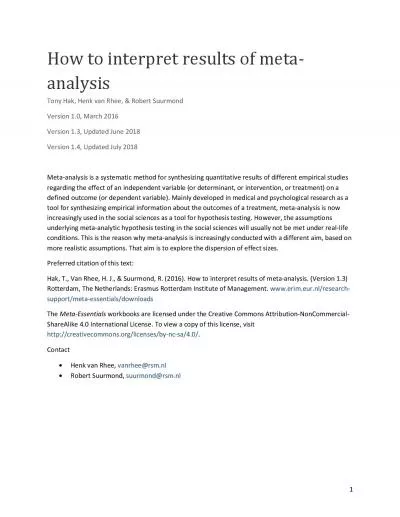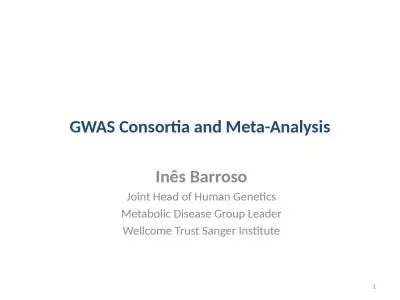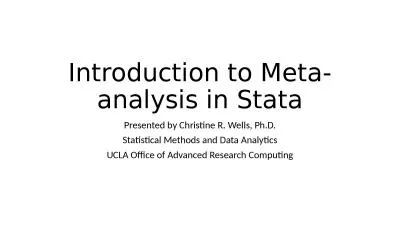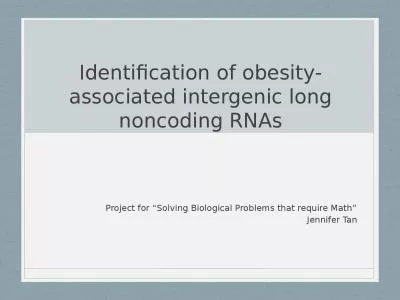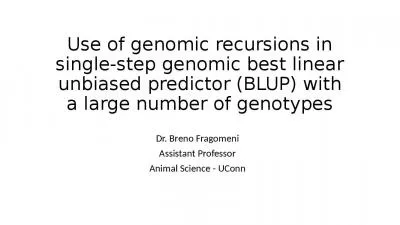PPT-Genomic meta-analysis in combining expression profiles
Author : SpunkyFunkyGirl | Published Date : 2022-08-03
Outline Introduction Two review papers Quality control MetaQC Metaanalysis for detecting differentially expressed genes MetaDE Metaanalysis for detecting pathways
Presentation Embed Code
Download Presentation
Download Presentation The PPT/PDF document "Genomic meta-analysis in combining expre..." is the property of its rightful owner. Permission is granted to download and print the materials on this website for personal, non-commercial use only, and to display it on your personal computer provided you do not modify the materials and that you retain all copyright notices contained in the materials. By downloading content from our website, you accept the terms of this agreement.
Genomic meta-analysis in combining expression profiles: Transcript
Download Rules Of Document
"Genomic meta-analysis in combining expression profiles"The content belongs to its owner. You may download and print it for personal use, without modification, and keep all copyright notices. By downloading, you agree to these terms.
Related Documents

